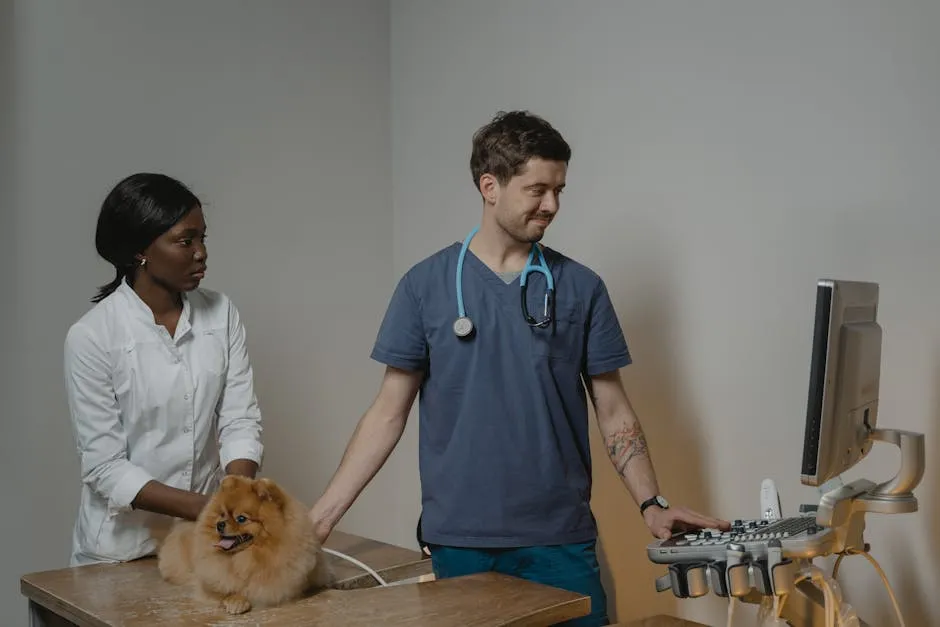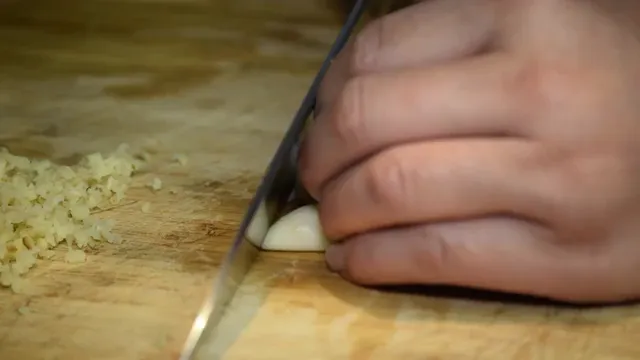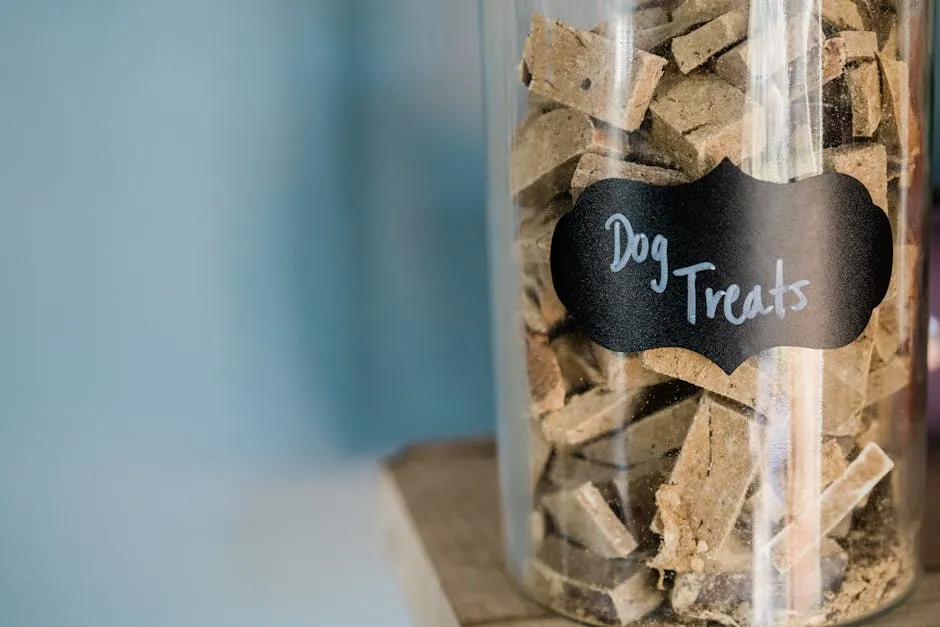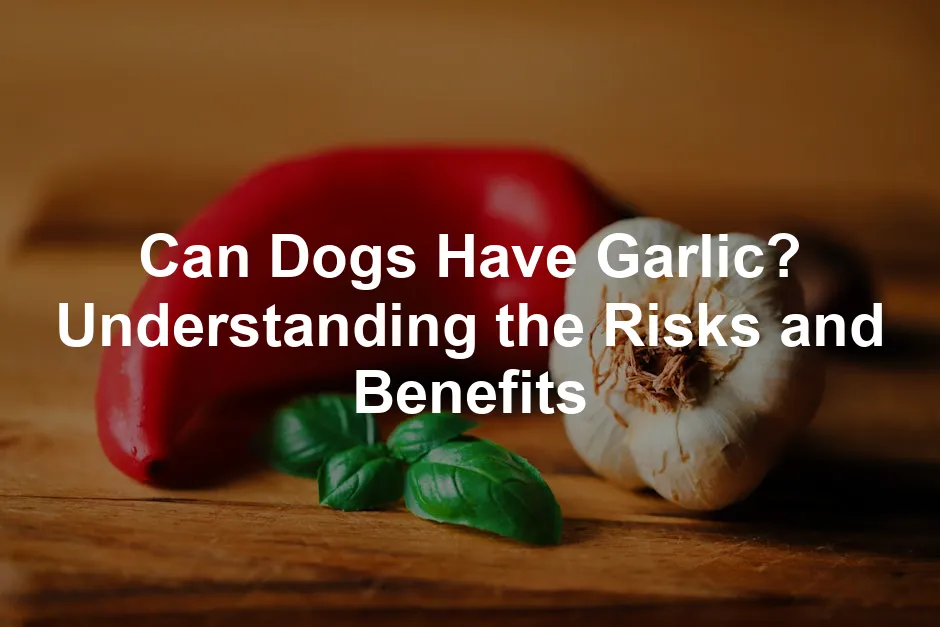Introduction
Garlic is a popular ingredient in many human dishes. Its bold flavor and health benefits make it a kitchen staple. However, garlic’s safety for dogs is a hot topic. Many dog owners are unsure if garlic is safe or harmful. This article aims to clarify the myths and facts about garlic and its effects on our furry friends.
As you explore the world of dog care, a Dog First Aid Kit is a must-have. Accidents can happen, and being prepared is key to ensuring your pup’s safety and health.
Summary and Overview
Garlic can be a double-edged sword for dogs. While it may offer some health benefits in small amounts, it also poses potential risks. Garlic contains compounds like thiosulfate, which can be toxic to dogs if consumed in large quantities. The article will cover the scientific understanding of garlic, its historical context, and research studies on its effects. We’ll also discuss safe dosage guidelines and scenarios where garlic should be avoided. Moderation and veterinary advice are essential when considering garlic for your dog’s diet.

To keep your furry friend looking fabulous, consider investing in Pet Grooming Gloves. They make grooming a breeze while keeping your home fur-free!
The Scientific Perspective on Garlic and Dogs
Understanding Garlic’s Composition
Garlic, or Allium sativum, belongs to the Allium family, which includes onions and leeks. It contains thiosulfate, a compound that can harm dogs. While garlic offers benefits, excessive amounts can lead to toxicity. Thiosulfate damages red blood cells, causing anemia. This effect is more pronounced in certain breeds, particularly Japanese ones like Akitas and Shiba Inus. It’s crucial to understand that garlic’s toxicity differs from other Allium family members due to its lower thiosulfate levels.
Make sure your dog is healthy and happy with Dog Vitamins and Supplements. They help fill nutritional gaps and support your dog’s overall well-being.
Historical Context and Research Studies
The perception of garlic’s safety for dogs has evolved over time. Initial studies, such as the 2000 research led by Dr. K.W. Lee, suggested that garlic could be harmful. This study used excessive garlic doses, approximately five grams per kilogram of body weight, which is unrealistic for typical feeding practices. However, a follow-up study in 2004 showed garlic’s potential health benefits. Researchers noted that when given in moderation, garlic could support cardiovascular health and boost the immune system. This shift in understanding has led to a more nuanced view of garlic in dog diets, balancing its risks and benefits.

And while we’re discussing health, don’t forget about Flea and Tick Prevention Treatment. Keep those pesky critters away from your furry friend!
Potential Benefits of Garlic for Dogs
Nutritional Value of Garlic
Garlic is packed with beneficial nutrients. It contains amino acids, sulfur, vitamins, and minerals that may support your dog’s health. Key vitamins include B vitamins, which are essential for energy and overall well-being. Garlic also provides antioxidants, helping to combat oxidative stress. These antioxidants can improve cellular health and reduce inflammation. The combination of these nutrients may enhance your dog’s immune system, promoting longevity and vitality. However, it’s vital to use garlic in moderation to avoid any potential risks.

For a deeper dive into dog health, consider reading a Dog Health and Nutrition Book to ensure you’re giving your pup the best care possible.
How Garlic May Aid Health
Garlic offers several potential health benefits for dogs. First, it may act as a natural pest repellent, helping to keep fleas and ticks at bay. When consumed regularly, garlic can accumulate in a dog’s coat, making them less appealing to these pests. Additionally, garlic supports gut health by promoting beneficial bacteria and detoxifying harmful organisms in the digestive tract. This detoxification process can enhance nutrient absorption and overall gut function. Lastly, garlic may bolster the immune system, helping your dog fight off infections and illnesses. While these benefits are promising, always consult with your veterinarian before introducing garlic to your dog’s diet.

It’s important for dog owners to be aware of the health benefits and risks of garlic. For a comprehensive understanding, check out this guide for new dog owners on managing separation anxiety in rescue dogs.
Risks and Considerations When Feeding Garlic to Dogs
Understanding Garlic Toxicity
Garlic poisoning occurs when dogs consume excessive amounts of garlic. Symptoms of garlic toxicity include lethargy, weakness, vomiting, and diarrhea. In severe cases, dogs may develop anemia, which can be life-threatening. This happens because thiosulfate, a compound in garlic, damages red blood cells. Signs of anemia include pale gums, rapid breathing, and dark urine. Long-term effects of excessive garlic intake can lead to ongoing health issues. If you suspect your dog has ingested garlic, seek veterinary advice immediately. Always monitor your dog for signs of distress after they consume any garlic.

To ensure your dog is always prepared for any outdoor adventure, consider a Dog Life Jacket. Safety first, especially during water activities!
Safe Dosage Guidelines
When it comes to garlic, moderation is key. The recommended garlic dosage varies based on your dog’s weight. For example, smaller dogs (10-15 lbs) should have no more than half a clove per day. Medium-sized dogs (20-40 lbs) can safely consume one clove. Larger dogs (45-70 lbs) may have up to two cloves. It’s important to remember that these amounts should not be exceeded. Regularly feeding garlic can lead to toxicity and health issues. Always consult with your veterinarian before adding garlic to your dog’s diet.

For all your dog walking needs, consider a durable Adjustable Dog Harness to keep your pup safe and secure during walks.
Special Cases: When to Avoid Garlic
Certain breeds and conditions warrant caution when considering garlic. Japanese breeds like Akitas and Shiba Inus are particularly sensitive to garlic’s toxic effects. Pregnant or nursing dogs should also avoid garlic, as it can flavor their milk and affect their puppies. Puppies under six months old should not consume garlic at all. Additionally, dogs with existing health conditions, such as anemia or gastrointestinal issues, should steer clear of garlic. Always consult your veterinarian if you’re unsure about feeding garlic to your dog.

What to Do If Your Dog Eats Garlic
Immediate Steps to Take
If you discover your dog has eaten garlic, stay calm. First, assess how much garlic your dog consumed. If it’s a small amount, your dog may be fine, but it’s always best to err on the side of caution. Monitor your dog for symptoms like lethargy or vomiting. If you notice any signs of distress, contact your veterinarian immediately.
Next, gather information to share with the vet. Know your dog’s weight, the type of garlic ingested, and the estimated amount. This information will help the vet determine the next steps. In general, seek veterinary guidance if your dog consumed more than a small clove, or if they show any symptoms of garlic poisoning. Always prioritize your dog’s health and safety over uncertainty.

Treatment Options for Garlic Poisoning
Treatment for garlic poisoning depends on how much garlic your dog has consumed. If ingestion occurred within two hours, inducing vomiting may be recommended. This can help clear the stomach of harmful contents. Activated charcoal might also be administered to bind any remaining toxins in the digestive system.
Veterinarians may monitor your dog for signs of anemia, which can develop from garlic toxicity. Blood tests may be performed to assess the situation. In severe cases, your dog may require hospitalization, intravenous fluids, or blood transfusions. Early veterinary intervention is crucial for a better outcome. Always consult your vet if you suspect your dog has ingested garlic.
Conclusion
In summary, garlic presents both potential benefits and risks for dogs. While certain nutrients in garlic can support health, it can also be toxic in excessive amounts. Always prioritize moderation. Consulting with your veterinarian before adding garlic to your dog’s diet is crucial. Remember, every dog is unique, and their dietary needs can vary. Stay informed and cautious about what you feed your furry friend. Keeping their well-being in mind will help you make the best choices for their health.

And let’s not forget the practical side of dog ownership! A Dog Food Storage Container will keep your pup’s food fresh and safe from pests.
FAQs
Is garlic poisonous to dogs?
Garlic is potentially toxic to dogs, especially in large amounts. It contains thiosulfate, which can harm red blood cells. Small amounts may not cause immediate harm, but vigilance is essential. Regular consumption of garlic can lead to toxicity over time.
Can dogs eat garlic bread?
Garlic bread is not safe for dogs. It contains garlic, which is toxic, and additional ingredients like butter and salt can upset their stomach. Avoid giving your dog garlic bread to prevent potential health issues.
What are the symptoms of garlic poisoning in dogs?
Common symptoms of garlic poisoning include lethargy, vomiting, diarrhea, and pale gums. In severe cases, dogs may experience increased heart rate and dark urine. If you notice these signs, contact your veterinarian immediately.
How much garlic is safe for dogs?
The safe garlic dosage depends on your dog’s weight. Generally, small dogs should have no more than half a clove daily, while larger dogs can have up to two cloves. Always consult your vet for tailored guidance.
Can garlic help repel fleas in dogs?
Many believe garlic can repel fleas. However, there’s little scientific support for this claim. It’s safer to use vet-recommended flea treatments instead of relying on garlic for pest control.
Should I consult my vet before giving my dog garlic?
Yes, always consult your veterinarian before introducing garlic into your dog’s diet. They can provide personalized advice based on your dog’s health and weight.
What should I do if my dog eats garlic?
If your dog consumes garlic, assess the amount eaten. For small amounts, monitor for symptoms. If they ingest a significant quantity or show distress, contact your vet immediately for guidance.
For those who love taking their dogs on adventures, a Dog Travel Carrier is essential for safe and comfortable travels.
Please let us know what you think about our content by leaving a comment down below!
Thank you for reading till here 🙂
All images from Pexels





